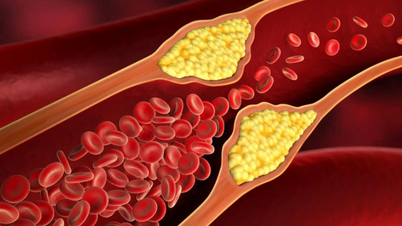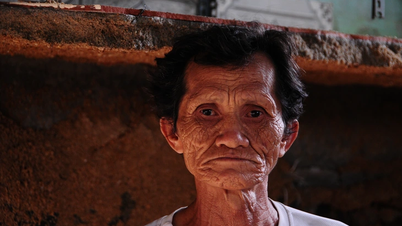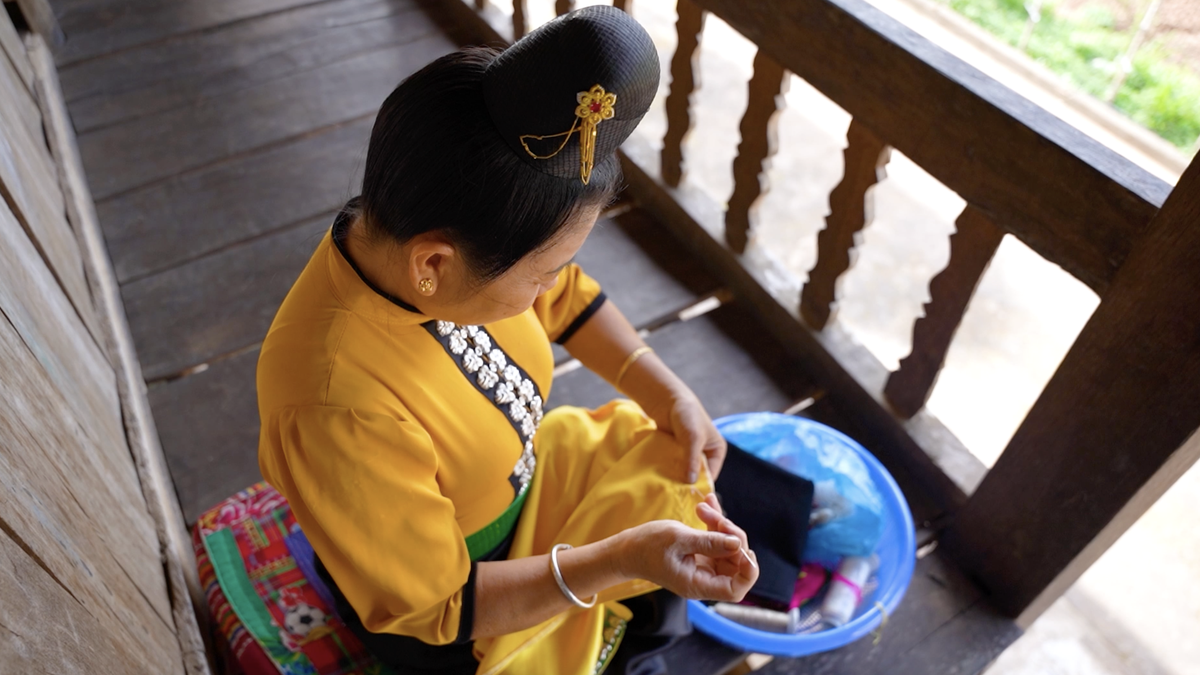
Looking at your phone after midnight increases the risk of diabetes - Illustration: FRRE STOCK
We have long known that light from light bulbs or smartphones at night can disrupt the body's circadian rhythm. However, new research shows that it also increases the risk of diabetes.
The study was conducted on nearly 85,000 people aged 40 to 69. They wore bracelets 24 hours a day for a week to monitor their exposure to different levels of light.
According to ScienceAlert on July 2, volunteers who were later diagnosed with type 2 diabetes showed that they were exposed to artificial light between 0:30 and 6:00 during the above-mentioned 1-week study period.
The study results did not show a cause-and-effect relationship, but suggested a link between higher light intensity at midnight and the risk of metabolic disorders.
Study participants who were in the top 10% of nighttime light exposure had a 67% higher risk of developing type 2 diabetes than those in the bottom 50% of nighttime light exposure.
Research also shows that exposure to artificial light at night, including yellow light from reading lamps or blue light from smartphones or televisions, makes it harder for people to fall asleep.
Factors such as gender, genetic risk of diabetes, diet, physical activity, exposure to daylight, smoking or alcohol consumption did not influence the study results.
Several other studies in recent years have also shown that exposure to artificial light in humans and animals can disrupt circadian rhythms, leading to reduced glucose tolerance, altered insulin secretion, and weight gain.
All of these are associated with an increased risk of metabolic disorders such as type 2 diabetes.
"Recommending that people avoid bright lights at night is a simple and cost-effective recommendation that could reduce the global health burden caused by type 2 diabetes," concluded the study authors, led by researchers at Monash University (Australia).
The study was published in the journal The Lancet Regional Health - Europe .
Source: https://tuoitre.vn/xem-dien-thoai-ban-dem-tang-nguy-co-mac-dai-thao-duong-20240702131927131.htm






![[Photo] Dan Mountain Ginseng, a precious gift from nature to Kinh Bac land](/_next/image?url=https%3A%2F%2Fvphoto.vietnam.vn%2Fthumb%2F1200x675%2Fvietnam%2Fresource%2FIMAGE%2F2025%2F11%2F30%2F1764493588163_ndo_br_anh-longform-jpg.webp&w=3840&q=75)






































































































Comment (0)